1. Define challenges
Responsive refugee solutions
When it comes to serving refugees and displaced communities better, UNHCR has an abundance of great ideas and the global experience to innovate for improvement.
And yet, new initiatives are not always successful; the refugee population does not see the envisioned benefit, or unforeseen challenges arise. Sometimes only after an effort has been launched does UNHCR realize it was not addressing refugees’ needs in quite the right way.
Too often, new products work but are not valued by the refugee community, or designers create solutions for people with different cultures who do not see the same benefit.
While UNHCR officers make every effort to do so, there is never enough time for all of them to develop a deep and localized understanding of the needs, wants, beliefs and values of those they hope to benefit.
A deeper anthropologic understanding of each refugee community—what its members hope for, fear, despise and appreciate—would provide the depth of understanding and familiarity that would allow for more responsive and effective programming in any sector.
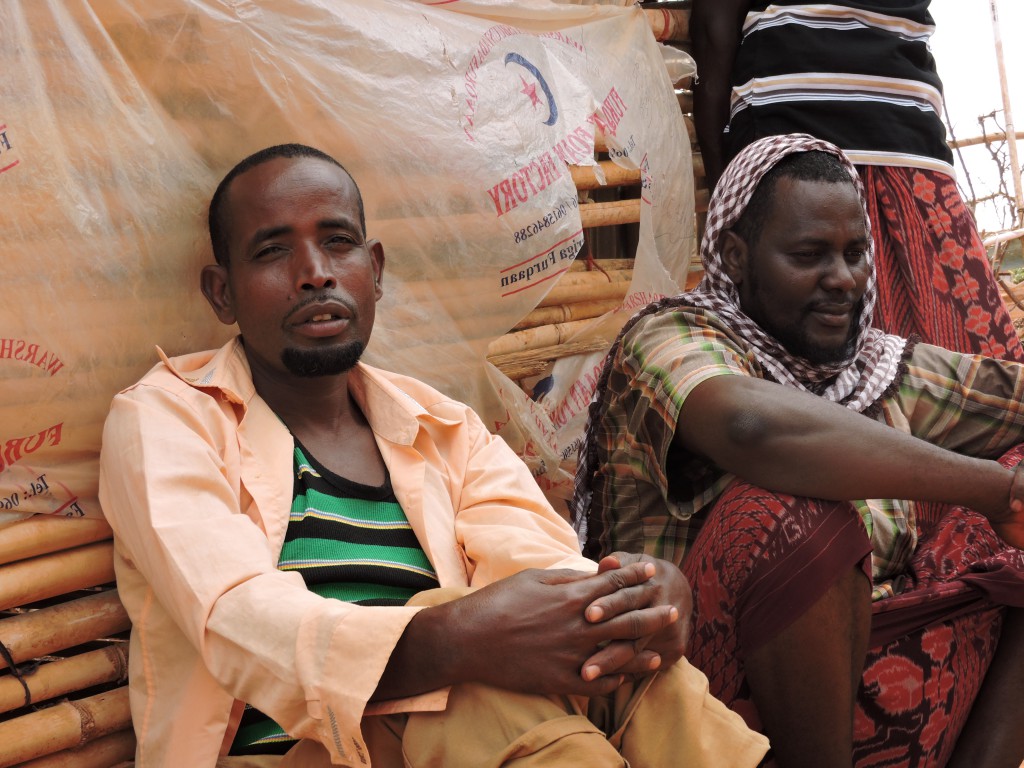
When bringing new technologies and innovations to refugee camps, it’s important to be sensitive to the culture and language of the refugees.
2. Identify solutions
Taking an anthropological approach
UNHCR Innovation wanted to see if bringing a team of anthropologists with deep local knowledge and the language skills to communicate easily with refugees could inform smart, forward-thinking recommendations.
In partnership with the IKEA Foundation, it asked a group called Desert Rose to research innovations that would have a sustainable impact on anything from housing and energy to agriculture and communication in two camps of Dollo Ado, Ethiopia.
Desert Rose is a team of experts who conduct anthropologic fieldwork in refugee camps. Like UNHCR, it believes that the people who live with challenges are often best placed to address them.
UNHCR Innovation thought Desert Rose might be able to highlight key gaps where perceptive action could lead to significant and sustainable improvements for the refugees living in and near Kobe and Hilaweyn camps.
With fluent Somali speakers on the team, Desert Rose members would be able to embed themselves in the camp culture in a much more direct way, able to observe and interact freely.
It would send the Desert Rose team into Dollo Ado to listen first, and then innovate for improvements based on what they learned from refugees themselves.
3. Test solutions
Building relationships
Ready to see if it could gain the insight that could lead to meaningful improvements for refugees, the Desert Rose team moved into Kobe camp for a total of six weeks.
On its first visit, the team prioritized building relationships in and around the two camps to gain an understanding of the patterns of daily life and interaction there.
At UNHCR’s request, it listened especially to refugees’ perspectives on livelihoods, energy, shelter, communications and agriculture. Then, it synthesized the data it had gathered on the successes and challenges they had heard about and discussed them with UNHCR so that they could make flexible, joint decisions on where to focus.
Next, Desert Rose began exploring how refugees in the camps could build on previous successes to overcome ongoing challenges. In addition to the careful listening the team had practiced on its first visit, now it began running some of the ideas that were taking shape past refugees for feedback.
Thanks to its in-depth interactions, listening and collaborative brainstorming, Desert Rose put together a long list of innovative ideas or actions it believed could help transform lives in and around Dollo Ado.
4. Refine solutions
Creating a shortlist
Desert Rose, together with UNHCR, next crafted a “shortlist” of the most promising ideas to try out in Kobe and Hilaweyn camps.
Its third and final visitwas highly practical, with an emphasis on on-the-ground experimentation to see which innovations might be able to truly take off and make things better for residents.
By starting to test the viability of each idea on the shortlist, Desert Rose could make sound recommendations to UNHCR Innovation on where its efforts would go the furthest in bettering life in Dollo Ado.
Some ideas, such as certain modifications to shelters, leant themselves well to on-the-ground testing and learning, while others such as crop cultivation were impossible to try during a short prototype period.
With ever-deeper insights, Desert Rose was able to discuss and prototype different innovations with the people it developed relationships with, while continuing to listen and incorporate new understandings and nuances.
Testing proved that some ideas, which had seemed promising, were not worth pursuing. Far from failures, this was incredibly valuable information that may have saved UNHCR from larger attempts to institute innovations that were doomed to struggle.
And several of the successful ideas that Desert Rose tested and prototyped set the foundation for follow-on innovation cycles that UNHCR may choose to pursue in the future.
For example, Desert Rose pointed out that UNHCR and its partners could stimulate more livelihoods by supporting businesses that catalyze others—like an ice business that in turn could spur cold beverage businesses.
The team also suggested initiatives that would have considerable potential impact on energy savings, such as the simple but brilliant idea of introducing a culturally acceptable fresh pasta to replace dried pasta, and cutting down on cooking time and fuel use by half in the process.
And in response to specific complaints from refugees about their shelters, Desert Rose recommended precise material fixes that would improve the durability, security and comfort of the refugee housing units.
These were only a few of the myriad innovations suggested by Desert Rose based on intensive communication, listening and understanding of refugees’ real and specific needs—and that community’s own understandings of the solutions that would work best.
5. Scale solutions
Learning from research
Desert Rose provided UNHCR with a detailed report of each of the innovations it deemed the most promising to improve life in Dollo Ado, as well as an “idea hopper” of a bunch of other initiatives that deserved additional tinkering.
UNHCR may now pick and choose from among these excellent recommendations depending on areas it deems most pressing, and forge ahead with large and small improvements that could transform life for refugees in ways that are more tailored to their wants and needs than can often be achieved.
Moreover, as it implements these improvements, UNHCR will be able to fully grasp and analyze the benefit of using anthropological approaches in its quest to deliver solutions to the most important challenges affecting those under its protection.
Should it find that Desert Rose’s contributions to the innovation process lead to more tailored and successful answers, UNHCR may decide to incorporate similar research either by experts or by its own staff into future projects.
In this way, the potential to scale this type of in-depth listening, relationship-building, analysis and recommendation process could be global, just as the solutions it helps develop are uniquely, and perfectly, local.





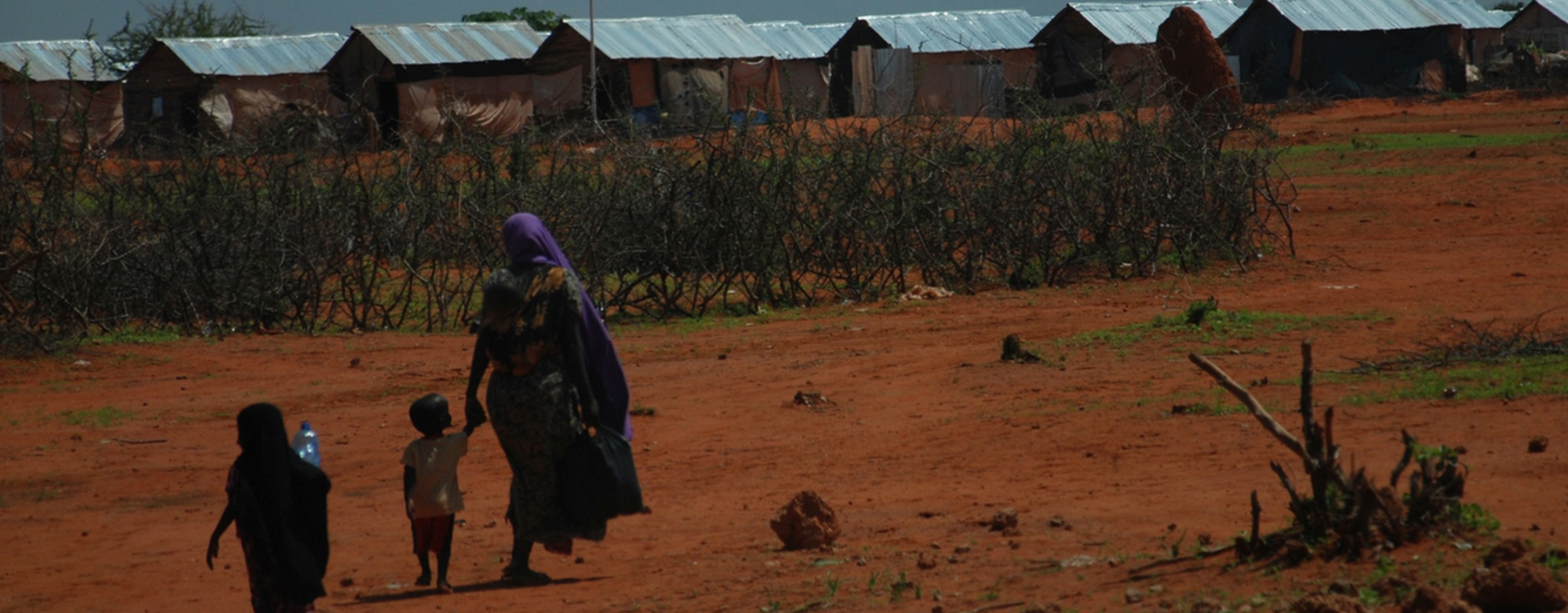
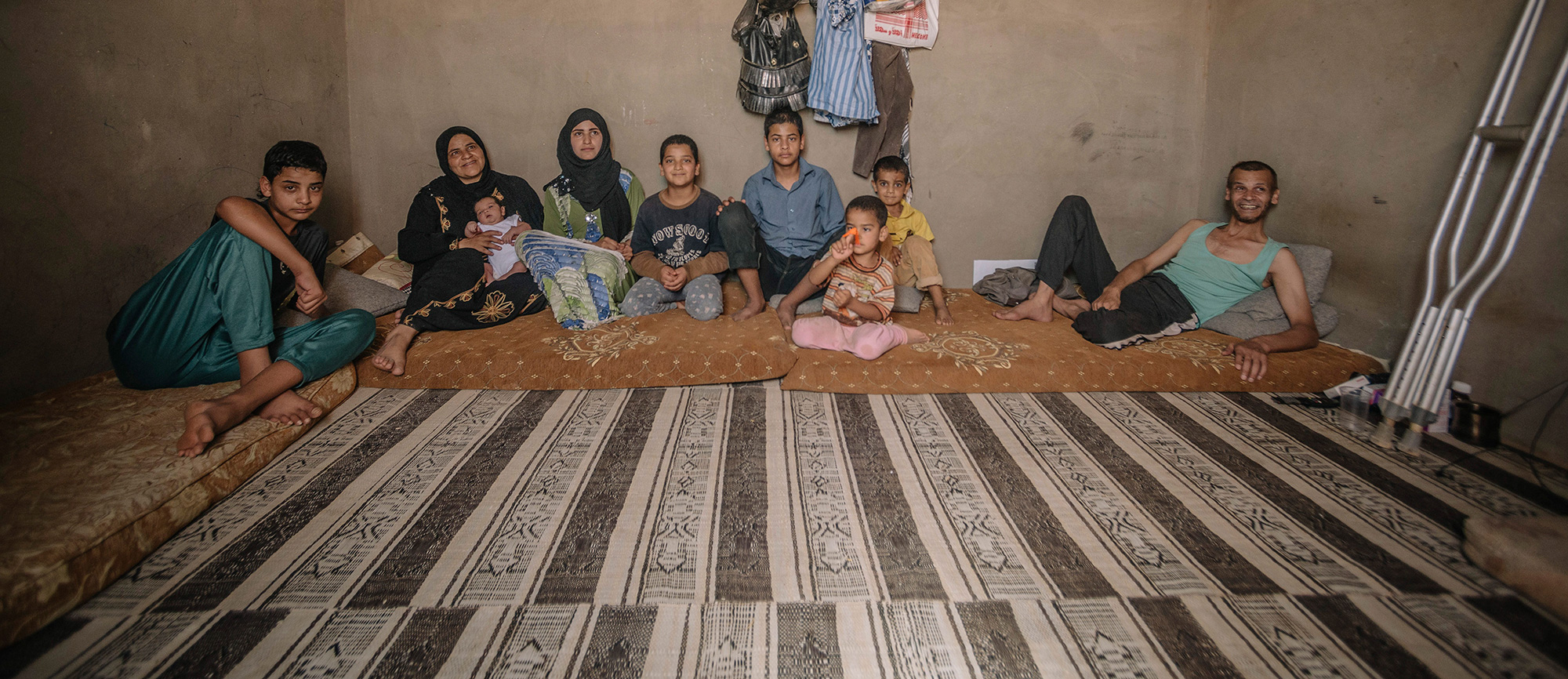
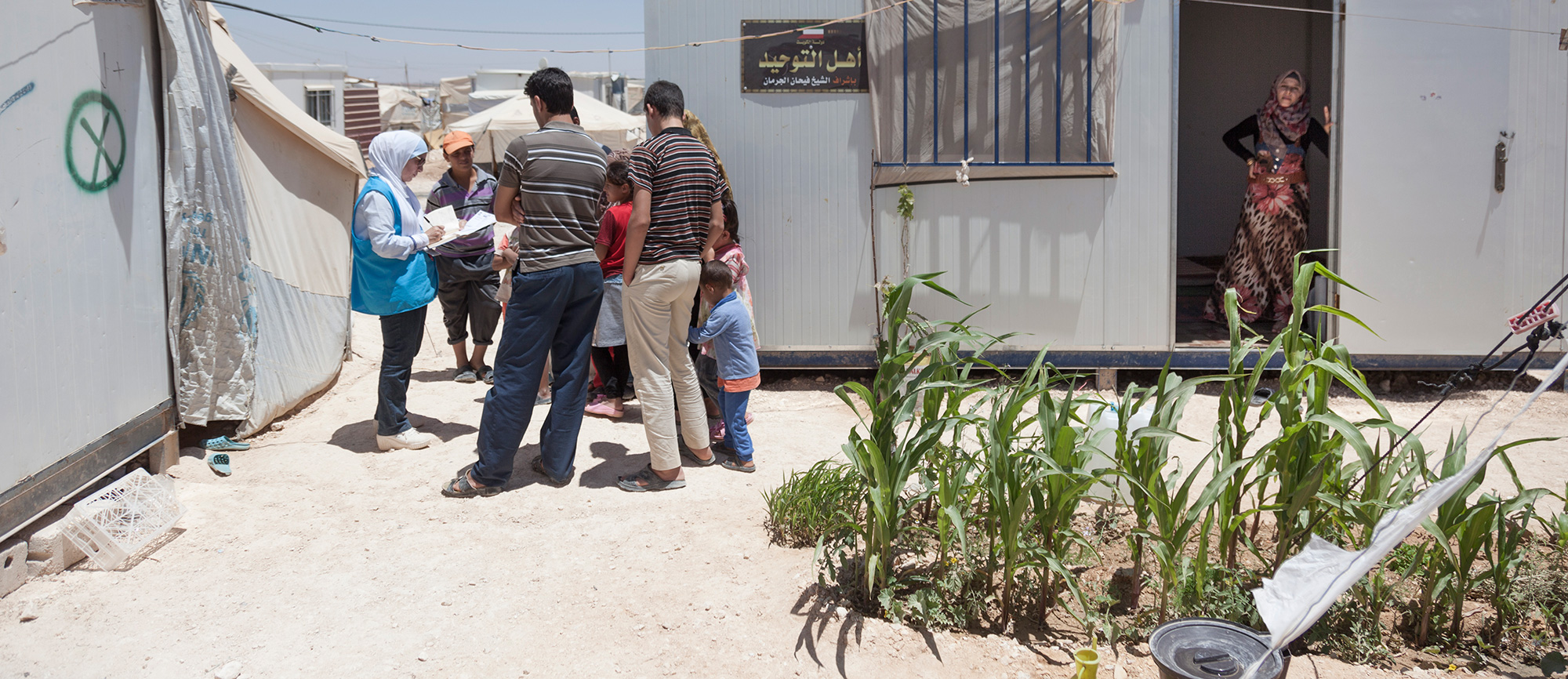
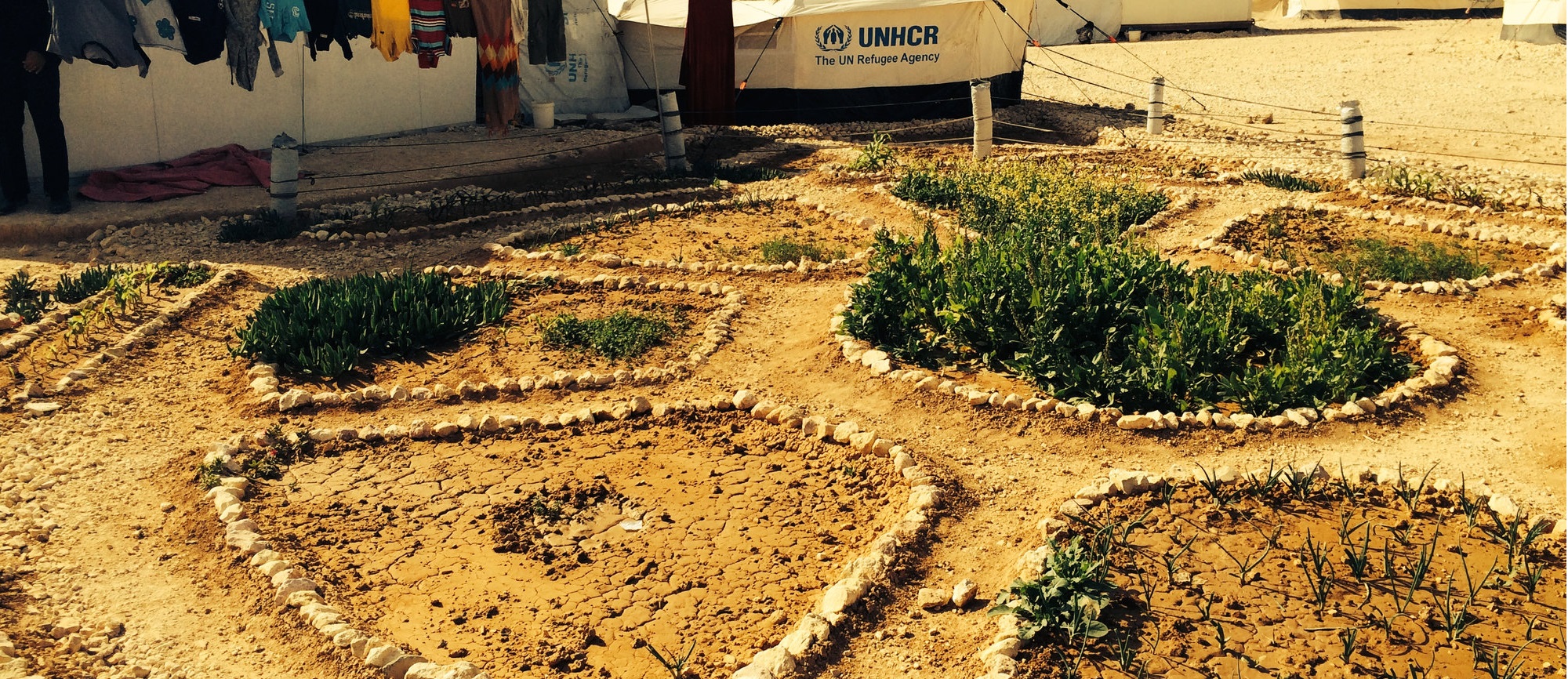
Pingback: Desert Rose | Citoyenneté + Ville + Euro...()